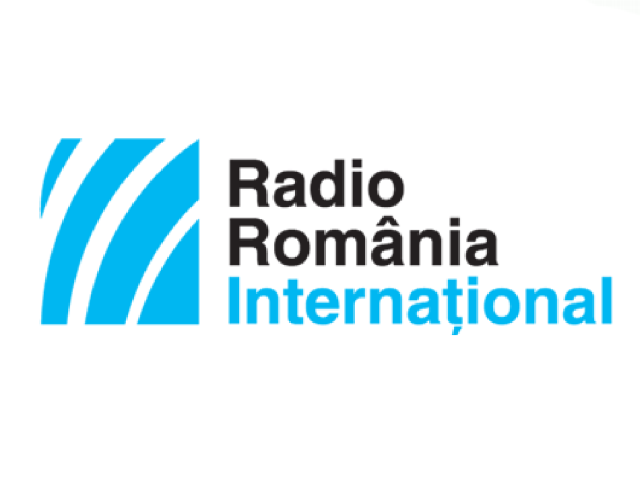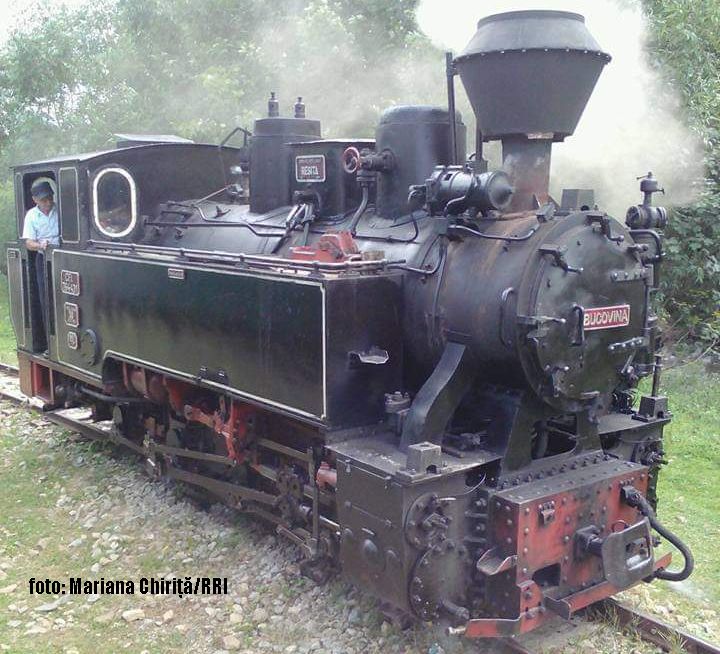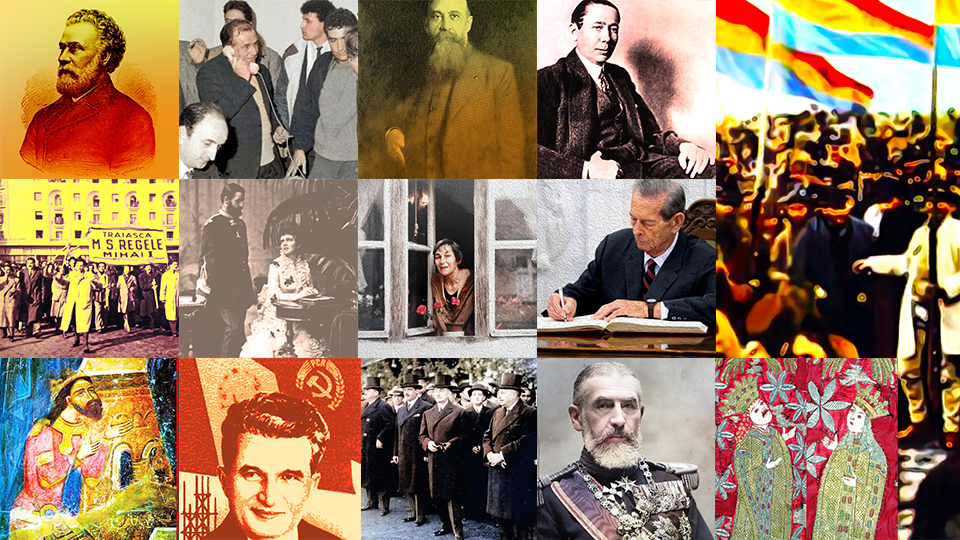Radio Romania International Encyclopedia
Romanians and their myths

Steliu Lambru, 01.06.2019, 15:40
The Romanians have their own myths regarding their ancestors, just like all nations have. Ancestor-related myths prove their grandeur, their civilizing force, the creative vitality in all areas of spiritual and material life. Also, ancestor-related myths bestow confidence on their descendants. The Romanians ancestors are the Dacians and the Romans, about whom all sorts of narratives have been created, from the academic to the occult ones. Generally speaking, the ancient Gaeto-Dacian population inhabited Romanias today territory. However, no less important is the fact that on the same territory other populations lived, Celtic, Germanic or Scythian. The Gaeto-Dacians are mentioned by the ancient historian Herodotus in the 5th century BC as well as in the historical writings of the following centuries.
Written evidence is scarce, which is indicative of the fact that the Gaeto-Dacians were a peripheral population in an area bordering the vast territory of Mediterranean civilization and culture. Archeological evidence for that is none the richer either. The other ancestors of the Romanians, the Romans, do not need any presentation. Between AD 101 and 102 and 105 and 106, respectively, in the wake of two wars, the Roman emperor Trajan defeated the Dacian King Decebalus. His country was occupied and incorporated into the Roman Empire until around AD 270, when the Romans withdrew from Dacia, to the territories south of the Danube.
In the 19th century, the national idea was to search for ancestors, so that nation states could be created. The Romanians discovered the Dacians and the Romans and myths revolved around them. The longest-lasting such myth was the myth of the age of the language and the spiritual continuity and at that, intellectuals literally competed to churn scientific tenets about ancestors.
Dan Alexe is a linguist. In his opinion, Mircea Eliade was one of those who created the myths of the Dacians.
“Were we to give a specific example of a wrong and exhilarated approach which is present in Eliades work, we should mention the volume From Zalmoxis to Genghis Khan”. It is a collection of articles Eliade contributed to various magazines, that including several far-right, legionnaire magazines. But lets just say that does not have any bearing on the alleged method and scientific accuracy. What we are exposed to in this volume is an occultist hotchpotch of mystical ideas, whereby in the history of Romania, a cult of the wolf could be traced. That is one of the running threads in the book. And there, everything is misconstrued, nothing holds water. He starts off from the idea that the Dacians worshipped the wolf. However, in the ancient texts, in the ancient texts where the Dacians are mentioned, there is nothing supporting the idea. Eliade tried to prove, wobbly and with no strong argumentation, since he was not a linguist, that the name of Dacian itself meant wolf. And that, in anthropology, is preposterous. There is no population on the planet whose name is totemically derived from an animal. Never had such a population existed, that called itself the wolves. People are named people, we have the Germanic tribe calling themselves Alemanni, which means all the people. Generally speaking, a population and a well-rounded dialect do not have an ethnical identity, from a historical perspective. Such a population considers itself, culturally and tribally, the real people, while the others are called strangers or barbarians.
Continuity and permanence define the myths of the ancestors. To that end, Dan Alexe pointed out the wolf had been overused in order to feed the same mental cliché, in Eliades work.
Dan Alexe:
“It was also Mircea Eliade who put forward the idea whereby the Romans had in turn a wolf-related identity, the Lupa Capitolina, and Mars himself, the Roman god of war, was a wolf-god. What Eliade tries to say is that the Dacian and the Latin wolves merged and after that, that wolf allegedly continued to exist until Genghis Khans Mongolian invasions. Since the Mongolians themselves had the wolf as their totem, Genghis Khan was the offspring of a mysterious mating with a she-wolf. So the Dacian wolf continued to exist for a thousand years, until Genghis Khans Mongolians emerged, with another wolf. So the totem and the wolf have been defining us throughout the millennia. “
Dan Alexe shares the opinion whereby we need to be extremely cautious with respect to the accuracy of the ancient sources when they provide information on remote populations.
“Strabo says I dont know what, while about the Dacians, Herodotus says they were the most righteous among the Thracians. Let us not forget the Greeks did not leave any conversation guide whatsoever, not even a small one, not even a tiny dictionary of the neighboring languages. Thracians, Phrygians, Lydians were the neighbors of the Greeks, there were also other neighboring peoples about whom we know absolutely nothing because the Greeks were not interested in what languages they spoke, they were barbarians. If we do not have a dictionary that might enable us to find out what language Alexander III of Macedon, who was not a purebred Greek, spoke, Macedonian was, however, a different language, it wasnt a variety of Greek, could we assume they knew accurate things about the barbarians of the Danube, 2,000 kilometers north, in land which was beyond reach? The Dacians and the Gaete are generic denominations. Even in more recent years, in the days of my youth, when people spoke about somebody who fled to Yugoslavia, they said he fled to the Serbs. Serbs encompassed them all, the Macedonians, the Albanians, the Croats, the Slovenians. For us, it was to the Serbs. If thats how it is today, now that we have all sorts of info opportunities at our fingertips, could we assume Herodotus was sure to know who the Dacians were?”
The ancestors of Romanians have their own place in the past. They were people of their time, and they were neither below nor above others, they were people with their hopes and frustrations. Just like we are today.






























